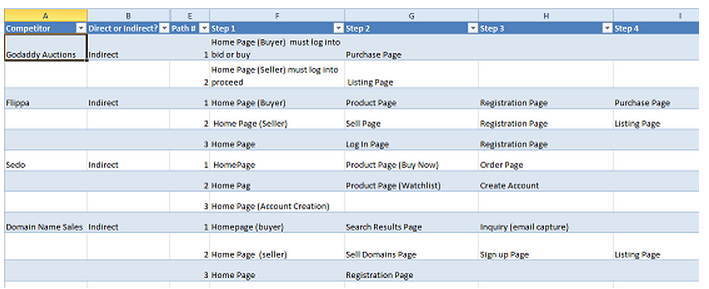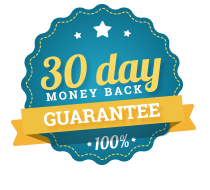LevelUp – Understanding Business Models – First Time Customer Funnel Analysis
What is a sales funnel? This is the process people go through as they learn about your product or service and later purchase it. The idea is that the funnel is very wide at the top and narrows further as you go down the funnel. This means people are filtered out as they pass through the funnel until you are only left with those making purchases.
Someone who is at the top of the funnel is called an unqualified prospect. At this point, you have no idea whether the person has the real interest in your product or the money to spend if they do. The good news here is that you now have a prospect and the goal is to move them through the funnel to become a loyal customer.
One other thing to note is that the sales funnel for a first-time customer is often different from existing customers. This module, however, will focus on the sales funnel for first time customers.
Why use a sales funnel? The key reason is so you can quantify the number of people at each stage. This helps you to determine how well your funnel is working and where you need to make changes to increase the number of people flowing from one stage to the next.
By tracking the number of people at each stage you can also determine where to focus your efforts. If you find you do not have enough prospects, you will need to up your marketing efforts to drive people to your site. If you find you are getting plenty of prospects but not getting sales conversions, you may need to change your product offer.
The first step in getting started with a sales funnel is to identify how you want potential customers to move through the funnel. You should identify the key steps in the process while keeping the number of steps limited so you can efficiently track the stages and resulting patterns.
This is also a good time to introduce you to the term conversion. You often hear in the online world, marketers talking about conversions. Examples of a successful conversion can be getting an email address, getting a prospect to sign up for a webinar, attending a webinar or making a sale. Some marketers use the term micro conversion when they are referring to the steps along the way to the sale. These steps are micro conversions while the sale is the macro conversion.
View the video below to see examples of different sales funnels.
Note that funnels will vary based on landing page, which is most likely why they hide the domain seller aspect. My guess is they have another campaign with a different landing page for this, or they have a whole other method of finding domain sellers.
Exercise
For each competitor, identify the different sales funnels for first time customers only. Most sites will have more than one. Number each different path. Then for each path, identify the stages. Paths go in rows and steps in columns
Example
Note it is best to use URLs along with the descriptions of the steps. We kept them off to keep the example cleaner.
Success Criteria
- You have identified at least one sales funnel for each competitor.
- You have listed the different stages of each sales funnel.


